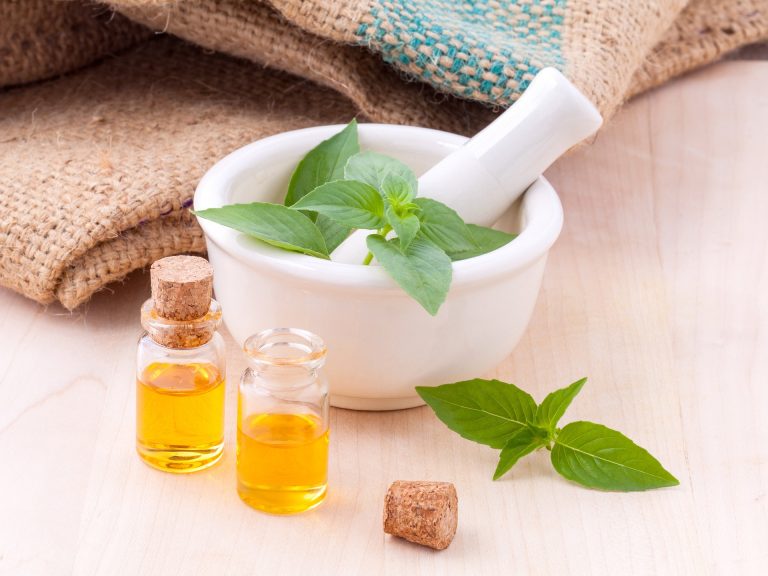Basil (Ocimum basilicum), a popular culinary herb across most of the world, is a green leafy plant that belongs to the mint family (Lamiaceae) and shares several medicinal traits with its botanical cousins.
King of herbs
The term “basil” is derived from the Latin basilium. The herb’s Greek name means “royal” or “kingly” plant. It is also known as the royal herb in French. Accordingly, it has gained the moniker of “King of herbs.” Its other names include Saint-Joseph’s-wort or Great Basil.
Basil is native to India and other tropical countries, including Africa to South East Asia, where it has been cultivated for thousands of years. Due to its universal popularity, it is grown in numerous countries throughout the world.
Description
While basil can live for many years in warm climates, this herb is considered an annual plant in temperate areas.
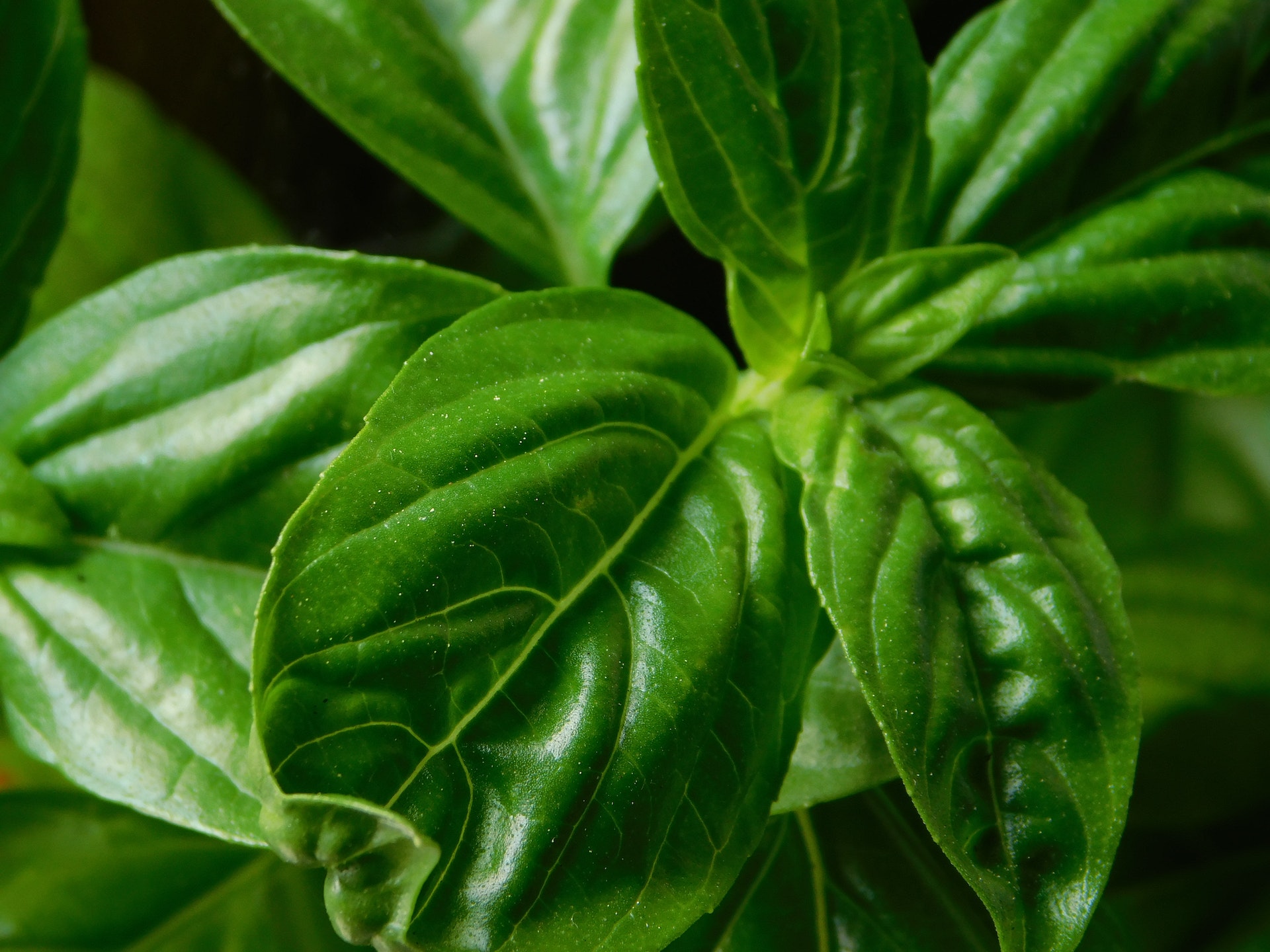
As a perennial herb, basil can grow to be approximately 2-3 feet tall, with broad lance-shaped or oval leaves. The robustly scented leaves are distinctly shaped: ample ovals with a pointy tip and a cupped shape. Like all mints, they are arranged facing each other, or “opposite” on the stem.
Success
You are now signed up for our newsletter
Success
Check your email to complete sign up
The small blossoms are presented on a spike, varying in color depending on the cultivar. Basil roots are fast-growing and fibrous. Frequent watering is required to satisfy any basil growing in pots.
Different varieties of basil
- Sweet basil, Thai basil, and Mrs. Burns’ Lemon are just a few of the various basil cultivars.
- Through cross-pollination, other fanciful varieties have been generated – like dark opal, purple ruffles, holy, greek, spicy bush, cinnamon, cardinal, and Christmas basil.
- The Ararat and the African blue basil are well-known for their culinary uses complementing rice, meat, and vegetable dishes. Their lovely purple blossoms are frequently used in floral arrangements.
Culinary Uses
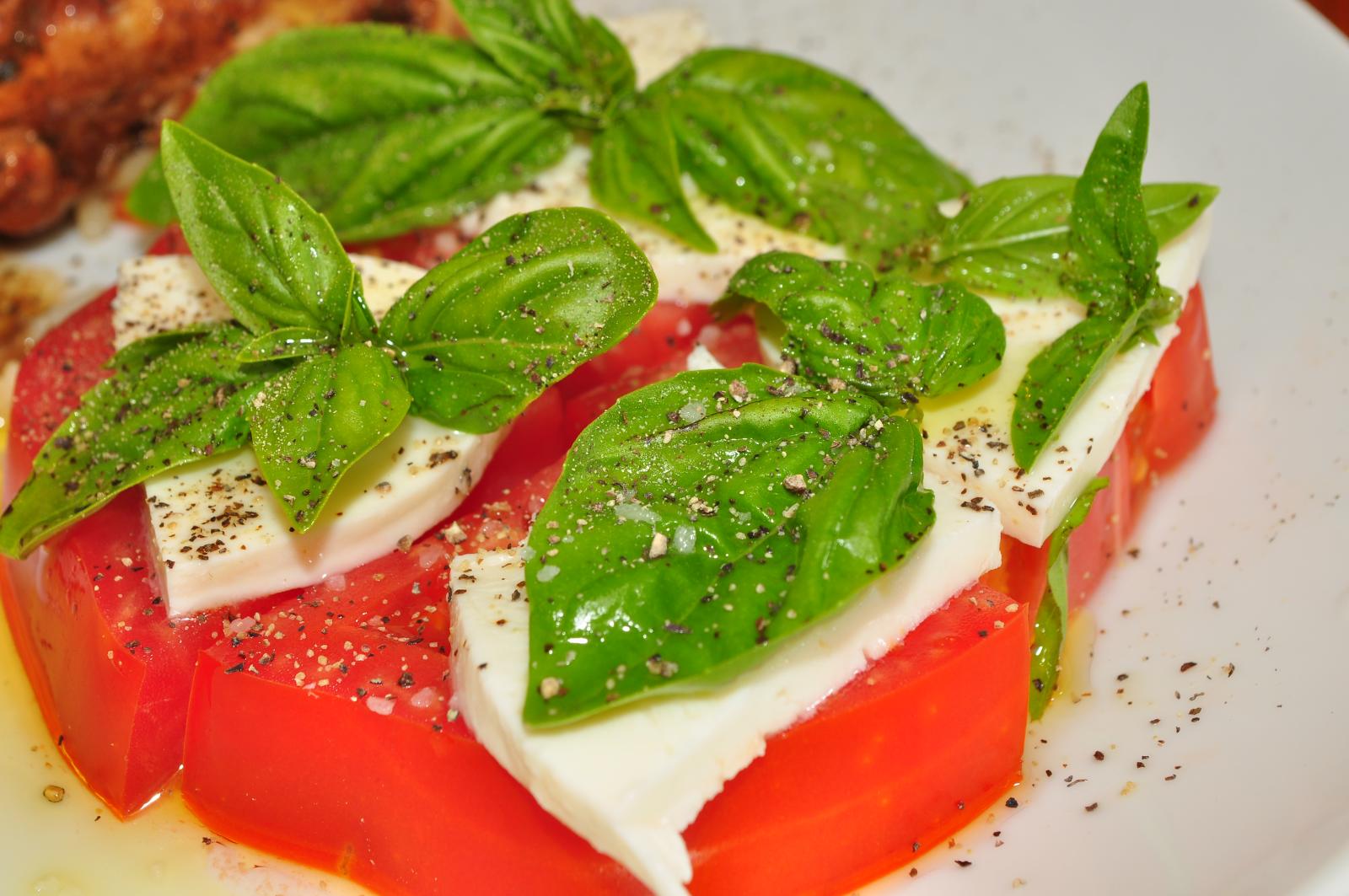
Different types of basil are utilized in cuisines all over the world, with sweet basil being the most commonly available in the US. It is typically used fresh, as cooking quickly degrades the flavor. When incorporated into a hot dish, it is usually added last.
Basil does not respond well to refrigeration, as it turns black when exposed to cold. To keep fresh basil for a few days, place the stems in a cup of water. If it sits for a week like this, chances are it will form roots and you will have yourself a new plant.
To store excess basil for later use, it can be briefly blanched before storing in the refrigerator or freezer. Alternatively, make a batch of pesto and store it in glass jars in the freezer.
When basil seeds are soaked in water, they turn gelatinous, much like chia or flax seeds. Soaked seeds are used in Asian beverages and sweets such as the Indian Faluda and the Iranian sharbat-e-rihan. The Ramadan fast is frequently broken in Kashmir with sharbat, a refreshing drink commonly prepared with fruit, flower petals and basil seeds.
Health benefits
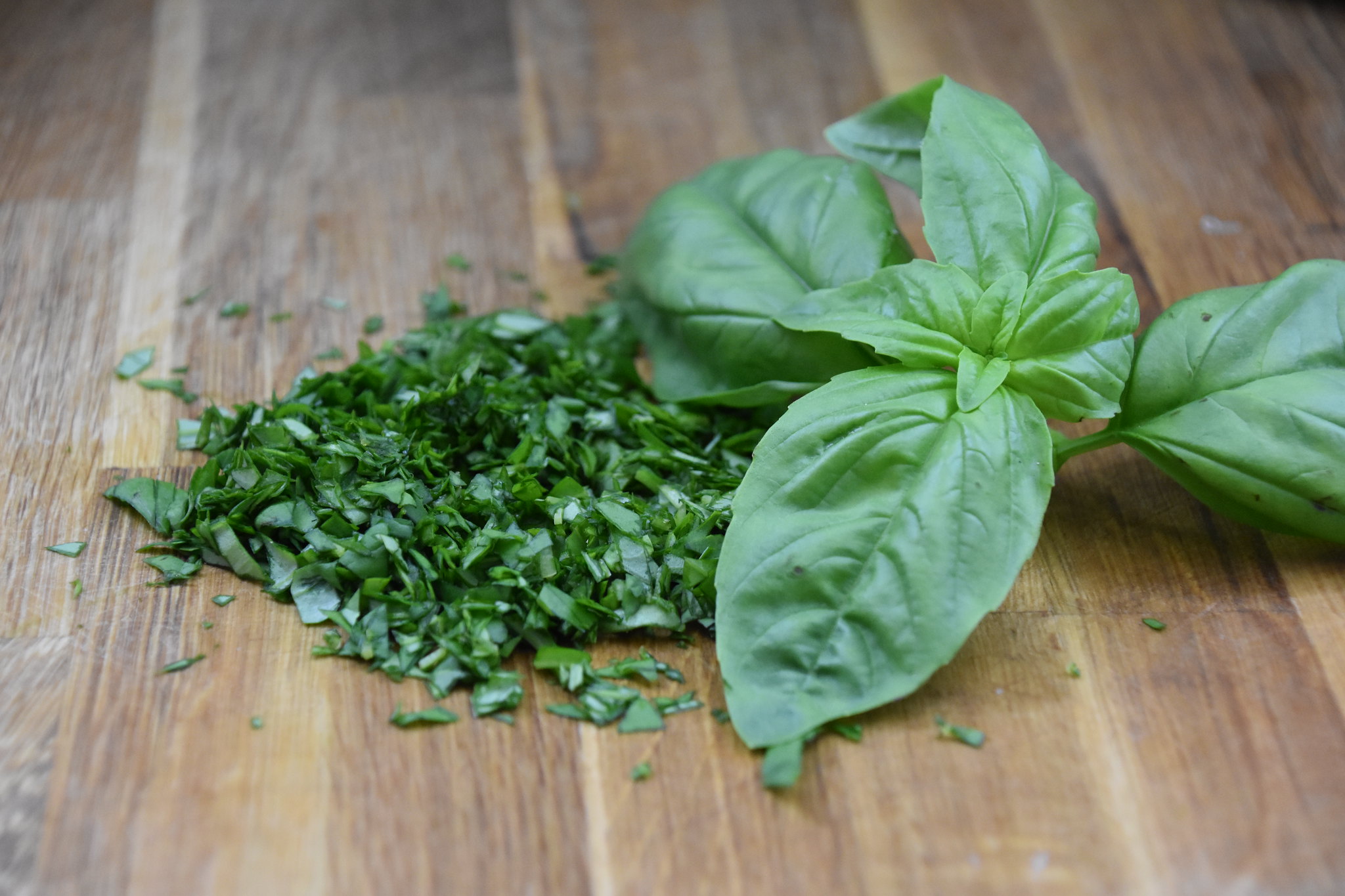
Basil’s medicinal uses are nearly as limitless as its culinary uses, and the plant is used in a wide range of traditional and Ayurvedic remedies to treat illnesses.
Basil has an impressive nutritional profile, boasting considerable amounts of vitamins A, C, and K, with potassium, calcium, magnesium, and minerals.
Promotes bone health
While calcium and magnesium help to build strong bones, the potent compound eugenol present in basil gives it anti-inflammatory properties that help relieve joint disorders such as rheumatoid arthritis.
Improves immunity
Basil contains antioxidants, like vitamin C, that enhance the immune system. One study showed ethanol extract from basil to have greater antioxidant activity than other tested antioxidants.
Heart health
Basil contains vitamin K, which, in large doses, may reduce arteriosclerosis, a risk factor for heart attacks and stroke and cardiovascular disease.
Skin health
Basil’s fragrance comes, in part, from valencene, a sesquiterpene effective in skin protection. With its anti-inflammatory, antihistamine, and antioxidant properties, it can fight aging and skin disorders by reducing free radicals.
Relieves cold symptoms
Basil also has antiseptic, expectorant, and antibacterial properties, making it an effective remedy for flu, colds, coughs and sore throats.
Relieves tension
Basil essential oil is a powerful antispasmodic, which can serve to relax the muscles and nerves. This makes it an excellent natural remedy for migraines, tension headaches, and other aches and pains.
The natural compounds, vitamins and minerals found in basil account for most of the herb’s medicinal value. While it is widely used in Ayurveda for its many health-promoting qualities, it can easily be added to the diet for maximum benefit without side effects.
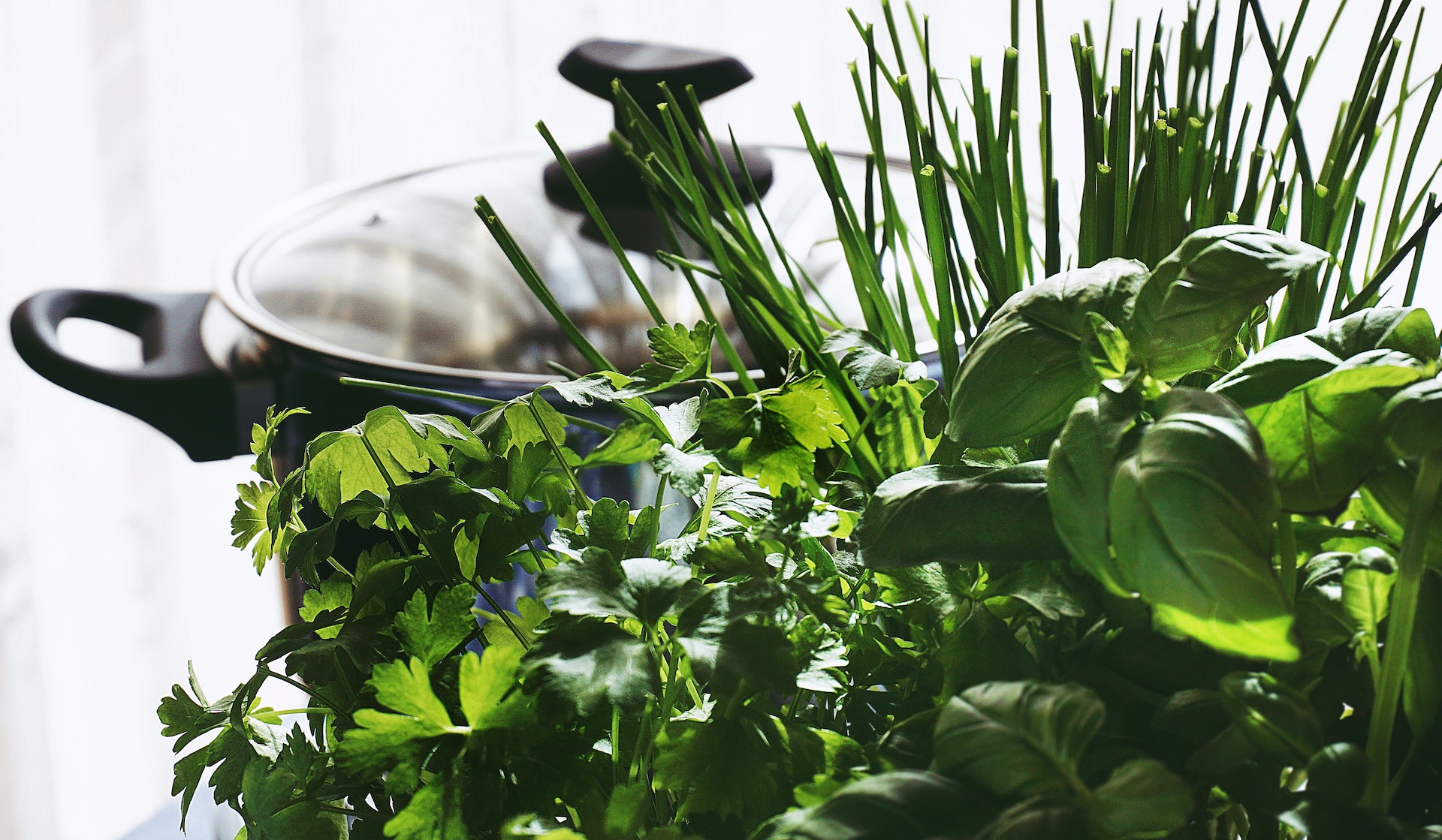
Basil compliments many dishes as a fresh, edible garnish; it can be added to soups, made into pesto, dried and brewed as tea, or simply enjoyed straight. This herb is easy to care for and can be grown as a houseplant through the winter; so adopt a basil today and enjoy it forever!
Ila Bonczek contributed to this report.



